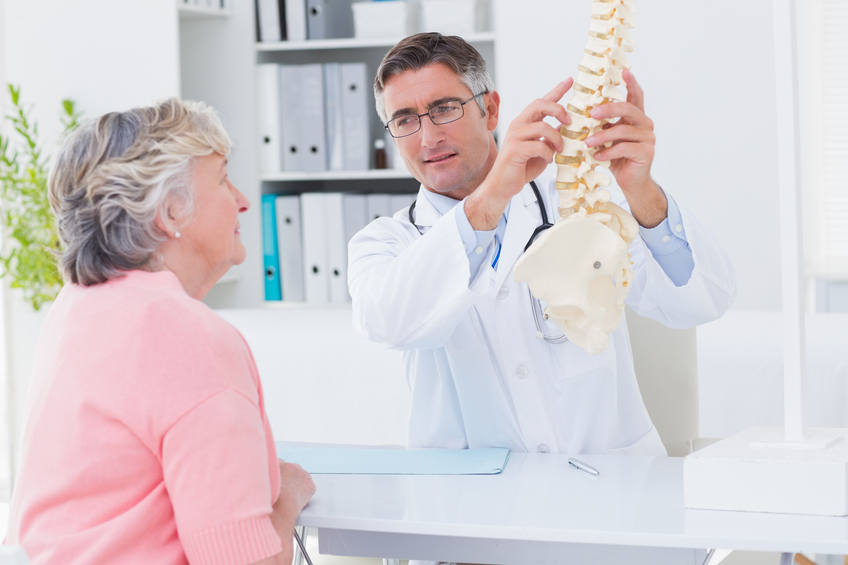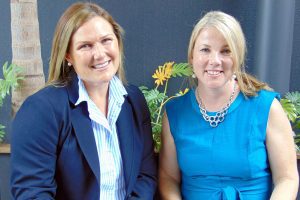An Australian-first bone health self-assessment tool, designed to help consumers understand their bone fracture risk, is now available to all adults, including the 7.5 million Australians living with brittle bones.
The Know Your Bones online tool – an inaugural Garvan Institute of Medical Research and Osteoporosis Australia joint initiative – helps adults assess their likelihood of fractures, including those diagnosed with osteopenia and osteoporosis.
The evidence-based, consumer-friendly tool summarises bone fracture risk by assessing age, gender, weight, history of fracture, bone mineral density, and history of falls and lifestyle factors within the past 12 months. Risk of fracture over five and 10 years respectively, is assessed for people aged 50 and above, and a general, actionable summary is provided for further discussion with their GP.
The launch of the innovative tool coincides with the release of new Osteoporosis Australia fracture figures revealing more than 155,000 fractures will occur Australia-wide this year, with a bone broken every 3.4 minutes due to poor bone health. And it’s not only women affected. Men will account for up to 30 per cent of all fractures related to osteopenia and osteoporosis, and their associated costs.
According to Professor Jacqueline Center, Garvan Institute of Medical Research, Sydney, the Know Your Bones project is based on key research findings from the 26-year-long Dubbo Osteoporosis Epidemiology Study, the world’s longest-running, large-scale, osteoporosis study.
“The Dubbo study has confirmed that both men and women are affected by osteoporosis, and that bone loss continues in older age. The study has also revealed that once you fracture a bone as a result of poor bone health, the risk of breaking another bone doubles in women, and increases three-to-four-fold in men. Furthermore, there is a strong link between all major fractures and premature death,” Professor Center said.
“Importantly, this study has allowed us to understand a person’s risk of fracture based on a combination of factors, which we have incorporated into the ‘Know Your Bones’ self-assessment tool.”
“Given the community’s thirst for credible health information, this innovative bone health self-assessment tool will offer consumers a simple summary of their fracture risk, which they can take to their GP for further discussion.”
Osteoporosis Australia CEO, Greg Lyubomirsky, said Australians should regard these new fracture figures as a public health warning.
“Two-thirds of Australians aged 50 and above, have poor bone health and many don’t know it, even when they have obvious risk factors, or have experienced a previous fracture. Unfortunately, only around 20 per cent of those women who sustain a fracture and go to hospital are either treated or properly investigated for osteoporosis. Even fewer men are followed up appropriately,” Mr Lyubomirsky said.
The Know Your Bones fracture risk self-assessment is available at www.knowyourbones.org.au and only takes five minutes. You can then print out a report to take to your doctor to discuss your risk and a suitable action plan.





















Add Comment